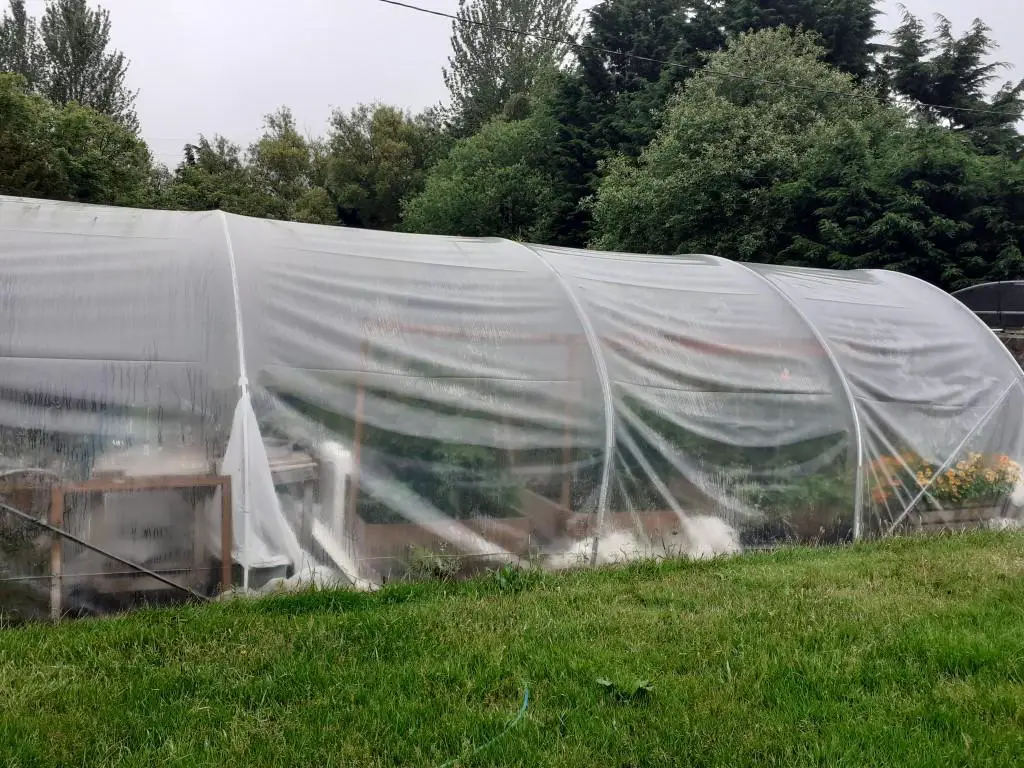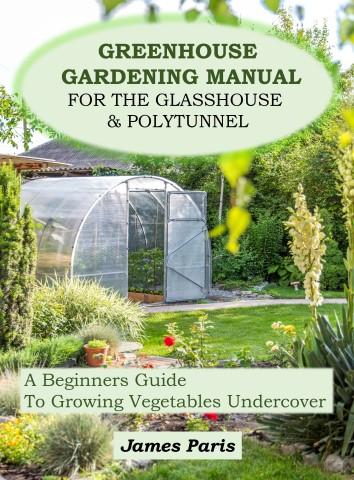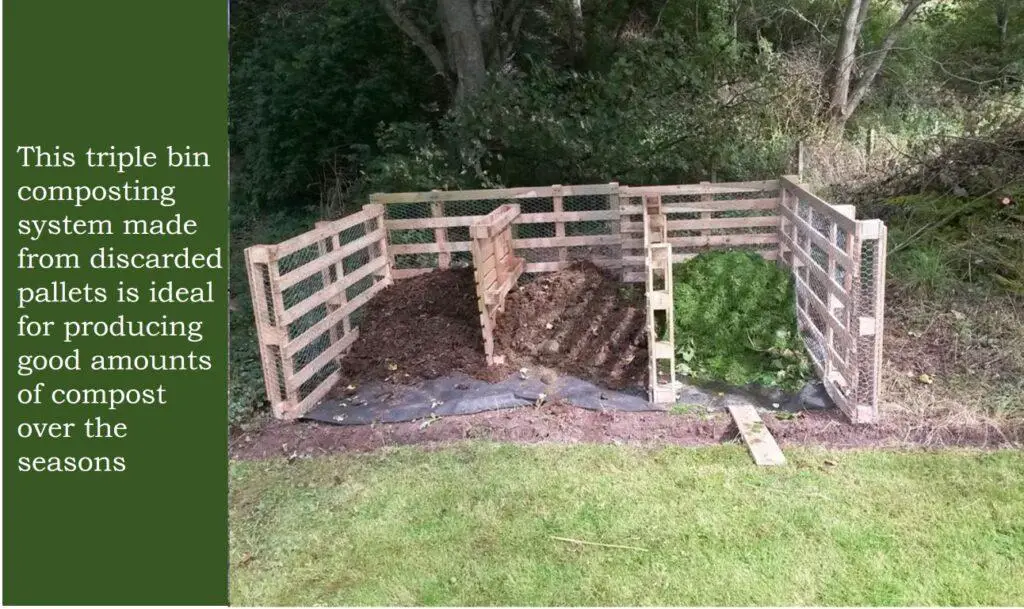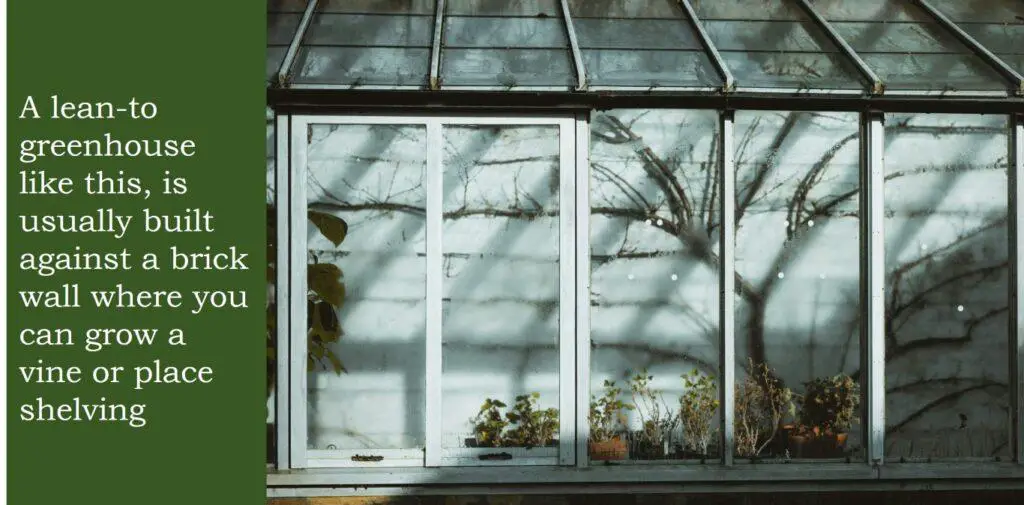A Beginners Guide to Greenhouse Vegetable Gardening
The alluring aroma of homegrown tomatoes in December, the crisp snap of freshly picked lettuce in March – these are just a few of the tantalizing possibilities that year-round greenhouse vegetable gardening unlocks. Imagine extending your growing season, savouring fresh produce regardless of the outdoor climate, and nurturing a personal oasis of vibrant greenery all year long. This dream can become a delightful reality with careful planning and knowledge.
Your greenhouse journey begins with selecting the perfect haven, a structure that becomes an extension of your home and a nurturing refuge for your verdant ambitions. Hobby greenhouses, and polytunnels often compact and charming, offer an excellent introduction for new gardeners, providing space for a cozy selection of crops. For those seeking sprawling vegetable landscapes, walk-in greenhouses offer ample room for experimentation and diverse plantings.
Material selection is crucial for both aesthetics and functionality. Polycarbonate stands out for its affordability, durability, and excellent light transmission, making it a popular choice for many. However, glass boasts superior insulation and visual clarity, creating a greenhouse environment reminiscent of traditional Victorian styles. Consider your budget, local climate, and desired aesthetic when making your decision.
Cultivating Climate: Maintaining the Perfect Balance
Within your chosen structure, you’ll cultivate a delicate microclimate tailored to your chosen vegetables. Natural sunlight is the lifeblood of your greenhouse, promoting photosynthesis and healthy growth. During shorter days or for light-loving crops, grow lights supplement the sun’s rays, mimicking optimal daylight conditions. Maintaining comfortable temperatures is equally important.
Thermostats become your faithful companions, ensuring consistent warmth for heat-loving tomatoes or keeping cool-season lettuce comfortable. Ventilation systems are essential for preventing temperature spikes and ensuring proper air circulation, mimicking the gentle breeze that caresses outdoor crops. Humidity, often overlooked, plays a vital role.
Humidifiers add moisture during dry periods, preventing dry leaves and promoting seed germination, while dehumidifiers combat excessive moisture that can encourage fungal diseases. Mastering these environmental controls allows you to create a personalized paradise for your chosen vegetables.
Seeds, Seedlings, and Seasonality
Planting year-round requires strategic planning, a dance with the seasons and a celebration of their unique offerings. Seed starting indoors becomes your secret weapon, allowing you to nurture seedlings into sturdy transplants weeks before the outdoor season begins.
Utilize seed trays filled with high-quality seed starting mix and propagation mats that provide gentle warmth, mimicking ideal germination conditions. Companion planting becomes your ally, maximizing space utilization and harnessing the beneficial relationships between different plants.
For example, interplanting marigolds with tomatoes repels harmful pests naturally. Research succession planting techniques, the art of planting different crops consecutively in the same space throughout the year, ensuring a continuous harvest and maximizing your greenhouse’s potential.
By understanding seasonality and employing these smart planting strategies, you can transform your greenhouse into a never-ending bounty of fresh produce.
Vegetable Varieties: Choosing veggies for your Climate
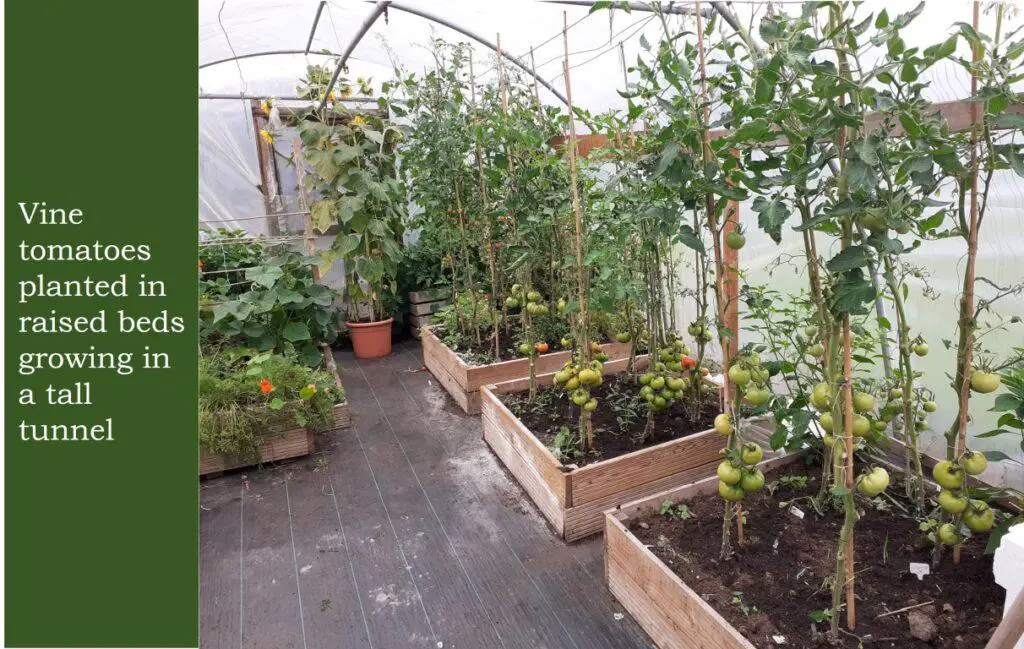
Selecting the right vegetables is like assembling a champion team, each player bringing unique strengths and flavors to your greenhouse ecosystem. Cool-season crops like leafy greens, spinach, and kale thrive in mild temperatures, ideal for early spring and late fall plantings.
Warm-season crops like tomatoes, peppers, and cucumbers bask in the summer sun and require higher temperatures to flourish. Explore the world of heirloom varieties, boasting unique flavors and often carrying the resilience of generations past.
For a touch of the exotic, experiment with vegetables like okra, melons, or even citrus trees if your climate supports it. Remember, research is key! Match your chosen varieties to your greenhouse’s specific environment and microclimate for guaranteed success.
Maintaining the Perfect Climate Balance
Light, temperature, and humidity are the lifeblood of your greenhouse ecosystem. Natural sunlight is the primary source of energy for your plants, so maximizing its penetration is crucial. Ensure you have south-facing windows in your greenhouse, or consider double-walled polycarbonate panels to optimize light transmission. During shorter days, supplemental grow lights ensure your plants receive sufficient light for healthy growth. Choose LED grow lights for their energy efficiency and targeted spectrum.
Temperature control is essential for creating a thriving environment. Thermostats help you maintain consistent temperatures within the desired range, typically 60-80°F (15-27°C) for most vegetables. Heaters are necessary during colder months, while ventilation systems like fans, louvers, and automatic openers are vital for preventing overheating in warmer periods. Monitoring temperature and humidity regularly is crucial for adjusting your system as needed.
Humidity levels also play a significant role in plant health. Ideally, aim for 50-70% humidity, especially for tropical or moisture-loving plants. Humidifiers can increase humidity during dry spells, while dehumidifiers help manage excess moisture, preventing fungal diseases. Maintaining good air circulation through proper ventilation is crucial for regulating humidity and preventing stagnant air.
Soil & Sustenance: Nourishing Your Greenhouse Garden
The foundation of thriving plants lies in healthy soil, the fertile ground where roots delve and magic happens. High-quality potting mix formulated for container gardening becomes your go-to choice, offering the perfect balance of drainage, aeration, and nutrient retention. Composting kitchen scraps and yard waste transforms waste into valuable organic fertilizer, enriching your soil with essential nutrients and promoting beneficial microbial life.
Regularly test your soil’s pH to ensure it falls within the optimal range for your chosen crops, and supplement with organic fertilizers as needed. Integrated pest management (IPM) becomes your shield against unwanted visitors, employing natural methods like beneficial insects and traps to control pests and diseases while protecting the delicate balance of your greenhouse ecosystem.
By providing the perfect nourishment and tending to your plants’ well-being, you pave the way for a vibrant and productive greenhouse haven.
Greenhouse Maintenance:
Regular cleaning and maintenance are key to a thriving greenhouse. Watering according to individual plant needs is crucial. Pruning encourages healthy growth and promotes air circulation. Monitoring for pests and diseases allows for early intervention. Cleaning tools regularly prevents the spread of potential pathogens.
The structure of the greenhouse or polytunnel also needs regular care and maintenance. As well as cleaning away any debris that has gathered over the season, wooden frames may need paint or varnish.
Metal framed structures do not need as much maintenance, however they do need checked regularly for any structural damage, especially with hoop-houses that can shift around in strong winds.
Beyond the Basics for Enhanced Yields
For the ambitious gardener, numerous advanced techniques can unlock even greater potential. Hydroponics and aquaponics offer water-efficient growing methods. Vertical gardening maximizes space utilization, especially in smaller greenhouses. Crop rotation helps maintain soil health and prevent pest and disease buildup.
As previously mentioned, companion planting is a valuable technique for maximizing space and promoting plant health. By strategically grouping compatible vegetables, you can attract beneficial insects that control pests naturally and improve pollination. For example, planting basil near tomatoes repels harmful insects.
Succession planting involves sowing different crops in the same space throughout the season, ensuring a continuous harvest. Plant fast-growing crops like lettuce followed by slower-maturing ones like tomatoes to maximize your yield.
Enjoying the Fruits (and Vegetables) of Your Labor
Homegrown vegetables offer unparalleled freshness, flavor, and satisfaction. Harvest your crops carefully following recommended practices. Share your bounty with family and friends, explore creative recipes, and savour the fruits (and vegetables) of your labor.
Greenhouse vegetable gardening is a rewarding journey, offering fresh produce, year-round greenery, and a connection to nature. By following these guidelines and exploring the exciting world of advanced techniques, you can cultivate a personal haven of flourishing vegetables, extending your growing season and enjoying the delicious rewards all year long.

